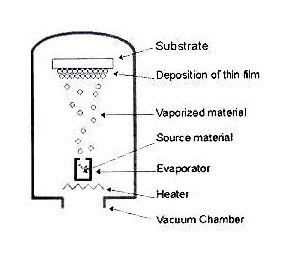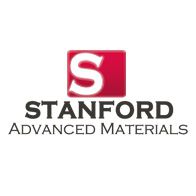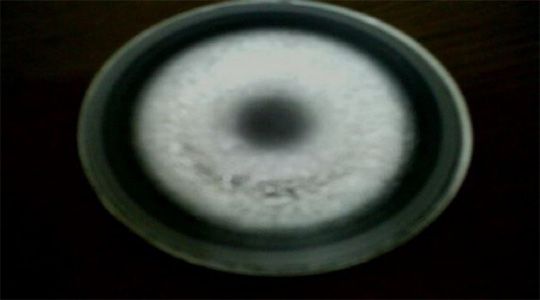Although chemical vapor deposition (CVD) also uses vacuum techniques such as reduced pressure, low pressure or plasma, vacuum coating generally refers to the physical deposition of thin films, ie physical vapor deposition (PVD). There are three forms of vacuum coating: evaporation coating, sputter coating and ion plating. Let's talk about the evaporation coating in detail.
The evaporation coating evaporates a substance by heating to deposit it on a solid surface to form a film. This method was first proposed by M. Faraday in 1857 and has become one of the commonly used coating techniques in modern times. The structure of the evaporation coating equipment is shown below.

Evaporating substances (such as metals, compounds, etc.) are placed in the crucible or hung on the hot wire as an evaporation source, and the workpiece to be plated (such as metal, ceramic, plastic, etc.) is placed in front of the crucible. After the system is pumped to a high vacuum, the crucible is heated to evaporate the contents. The atoms or molecules of the evaporated material are condensed and deposited on the surface of the substrate. The film thickness can range from a few hundred angstroms to a few microns. The film thickness is determined by the evaporation rate and time of the evaporation source (or depending on the amount of charge) and is related to the distance between the source and the substrate. For large-area coatings, rotating substrates or multiple evaporation sources are often used to ensure uniformity of the film thickness.
There are three main types of evaporation sources.
1 resistance heating source: refractory metal (such as tungsten, tantalum) is made into boat foil or wire, and then turned on the power for heating the evaporation material above it or placed in the crucible. The resistance heating source is mainly used for evaporating materials such as Cd, Pb, Ag, Al, Cu, Cr, Au, and Ni.
2 high frequency induction heating source: heating the helium and evaporating substances with high frequency induction current.
3 Electron beam heating source: The material is bombarded with an electron beam to evaporate, which is suitable for materials with higher evaporation temperature.
Compared with other vacuum coating methods, evaporative coatings have a higher deposition rate and can be coated with a simple and non-thermally decomposable compound film.
Stanford Advanced Materials (SAM) Corporation is a global supplier of various sputtering targets and evaporation materials such as metals, alloys, oxides and ceramic materials, which are widely used in multiple industries. We regularly update knowledge and interesting stories of sputtering targets on our website. If you are interested, please visit https://www.sputtertargets.net/ for more information.
Mots clés :



